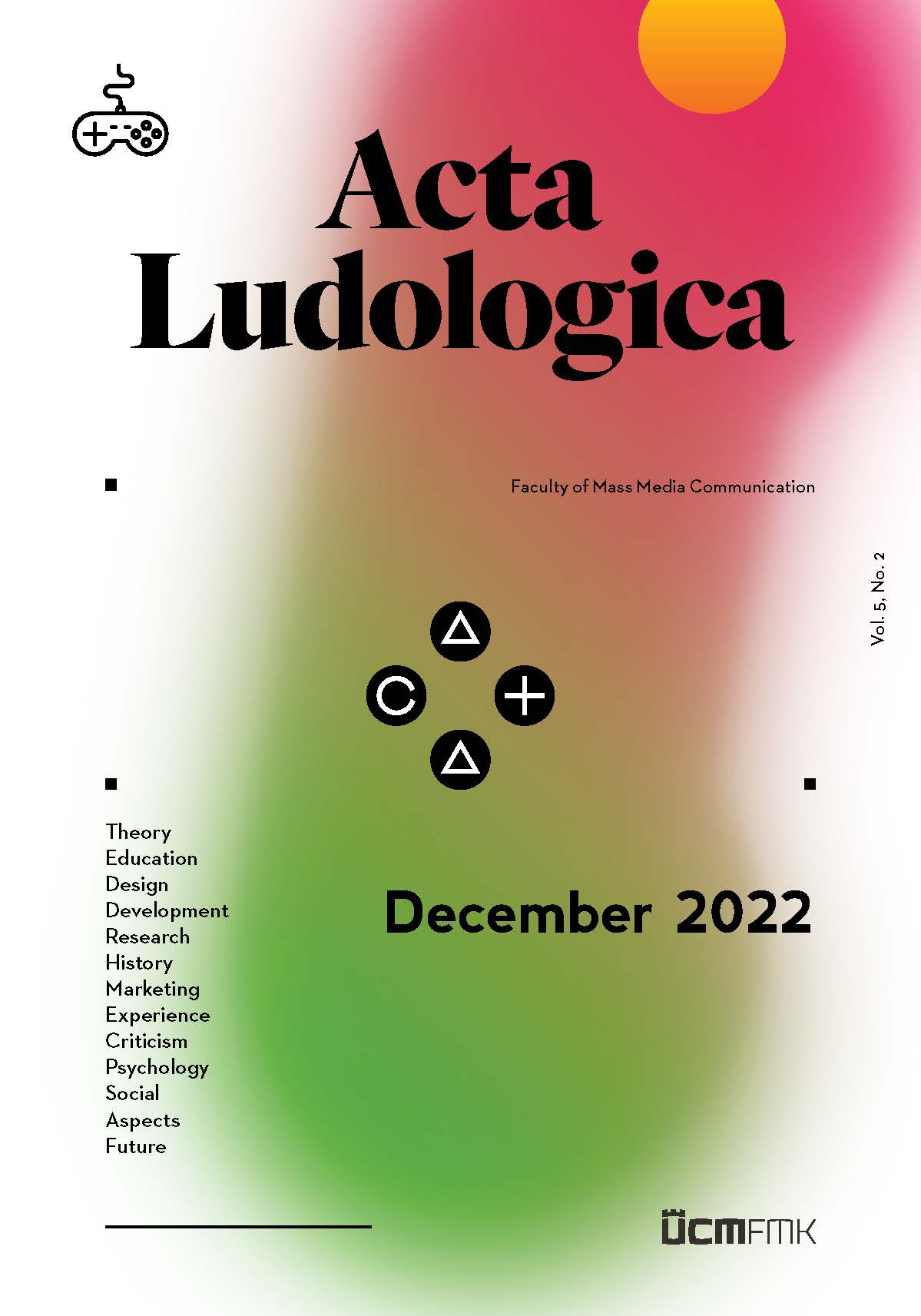Why Do We Play Digital Games? Anthropological-philosophical-pedagogical Aspects
Why Do We Play Digital Games? Anthropological-philosophical-pedagogical Aspects
Author(s): Dinko JukićSubject(s): Anthropology, Media studies, Aesthetics, Communication studies, Theory of Communication, Sociology of Education
Published by: Univerzita sv. Cyrila a Metoda v Trnave, Fakulta masmediálnej komunikácie
Keywords: digital game; game aesthetics; game structure; game world; media pedagogy;
Summary/Abstract: This study focuses on aspects of media pedagogy and philosophical anthropology in digital games and seeks to answer the question as to why we play digital games. Digital play is viewed as an aesthetic and cultural phenomenon according to I. Kant’s Analytic of the Beautiful and is interpreted, analysed, and compared with the anthropological dimension of play. According to I. Kant, the main element of beauty is disinterested liking. Digital games have been observed in such a judgment of taste. We will observe the phenomenon of play based on I. Kant’s understanding of the aesthetic concept of play and C. Lévi-Strauss’s structural anthropology. The paper presents the phenomenon of play from the aspect of aesthetic pedagogy, but also asks why we like games and what is aesthetic in them that causes pleasure. The aim of this study is to analyse the phenomenon of games from the context of digital games and to show how different anthropological, philosophical, and pedagogical aspects mutually complement and intertwine. The research question of why we play digital games opens the possibility for new reflections and understandings of the world of games, the concept of beauty and the meaning of games for humans. The complexity and multidimensionality of the game phenomenon is also observed according to E. Morin’s aesthetics in which the artistic and aesthetic dimension of digital play is discussed. The concept of play is philosophically relevant, and through the study we approach J. Huizinga’s aspect of the seriousness of culture and E. Fink’s play of the world. In the aspects of social life such as metaphors and imagination, play imposes itself as communication. The true character of the game is manifested in the self-pleasure of relieving the individual, but also in the imagination and beauty that the game provides. The game, as such, represents an aesthetic attitude towards life and it is at its core an imitation in the space of the imaginary.
Journal: Acta Ludologica
- Issue Year: 5/2022
- Issue No: 2
- Page Range: 30-56
- Page Count: 27
- Language: English

